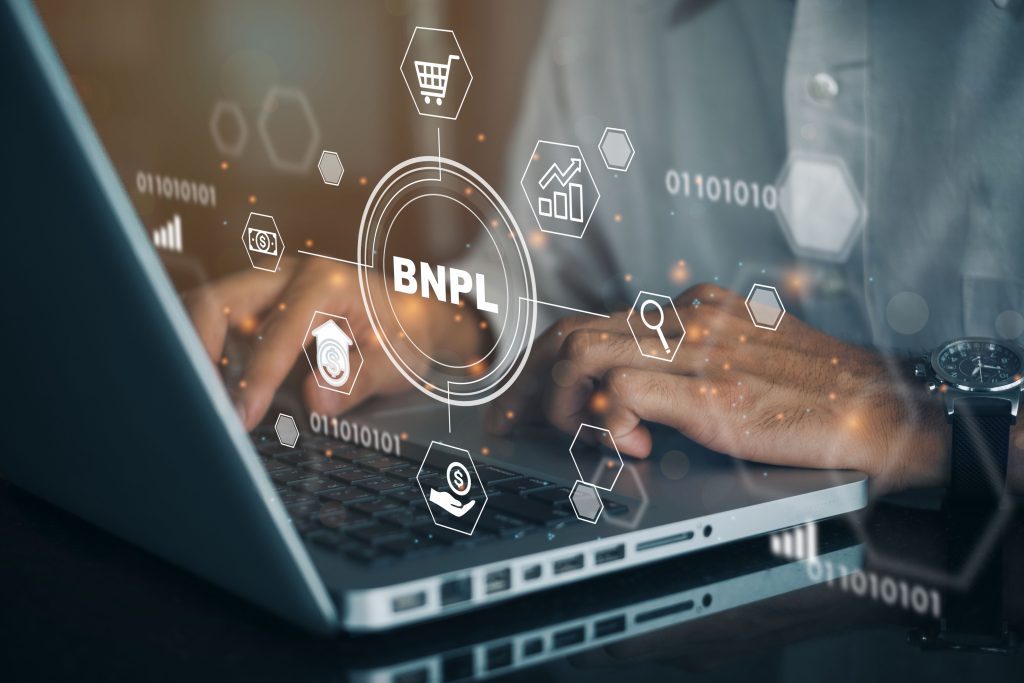Amazon broke records on both sales and consumer savings during its annual Prime Day event on July 11-12. According to Benzinga, Amazon reported that more than 375 million items were sold worldwide during this year’s Prime Day. Many shoppers used buy now, pay later (BNPL) options, which accounted for 6.5% of all orders. In other words, BNPL alone paid for 24 million Prime Day orders. Compared to 2022’s Prime Day, BNPL saw a 20% increase in use.
This news comes as no surprise. The BNPL market is experiencing accelerated growth with no signs of slowing down. In 2020, the BNPL market was valued at $87.2 billion and grew an outstanding 43% to $125.1 billion in 2021. Growth continued through 2022 as it reached $179.5 billion, and it is expected to continue growing to surpass $531.5 billion by 2025.
The explosion of BNPL can be attributed to its growing presence at checkout on major shopping sites, such as Amazon, Best Buy, Saks Fifth Avenue, Walmart, and many more. Additionally, merchants accepting PayPal can also support its in-house BNPL solution.
BNPL appeals to consumers because it’s a convenient way to get what you want now. Long gone are the days of patiently stockpiling paychecks to make that one big purchase. Couple that with irresistible sales on Prime Day, and you have a recipe for a killer BNPL sprint. Are consumers spending above their means? Money Under 30 said it best: “Buy now, pay later apps are luring thousands, perhaps millions of consumers into buying things they can’t actually afford.”
TransUnion found that consumers who use BNPL tend to struggle more with debt than their peers who do not. Some BNPL users already face challenges with financial stability, and are now presented with a payment option to worsen their financial health. TransUnion reported 20% of BNPL users end up increasing their credit card debt by more than 50%. Rather than helping consumers out of debt, BNPL can bury them in even more debt.
BNPL can potentially lower consumers’ credit scores. Since consumers can have multiple consecutive BNPL micro-loans spread across different providers, they can accumulate significant debt and risk missing payments, if not managed carefully. Although some BNPL players do not charge late fees, consumers may not realize that missed payments still show up on their credit reports. A missed BNPL payment will appear on a hard credit check when a consumer applies for a home mortgage or refinances a student loan.
There are ways BNPL providers can help their clients make better financial decisions and manage their debt. Klarna partnered with the Money Advisor Network (MAN) to provide cash-strapped customers with free financial advice on how to navigate their debt. “We are proud to be the first BNPL service to join forces with MAN and give customers a simplified route to debt advice and are calling on other BNPL providers to join us in providing the same access to advice and support,” said Klarna’s director of global policy and government relations.
Klarna’s push came in response to the UK’s new Consumer Duty rules which set higher and clearer standards of consumer protection across payment firms, requiring them to put the consumers’ needs first. The U.S. should follow the UK’s footsteps in strengthening regulation around the BNPL market to ensure consumers in this country are adequately informed and protected and use BNPL services responsibly.
